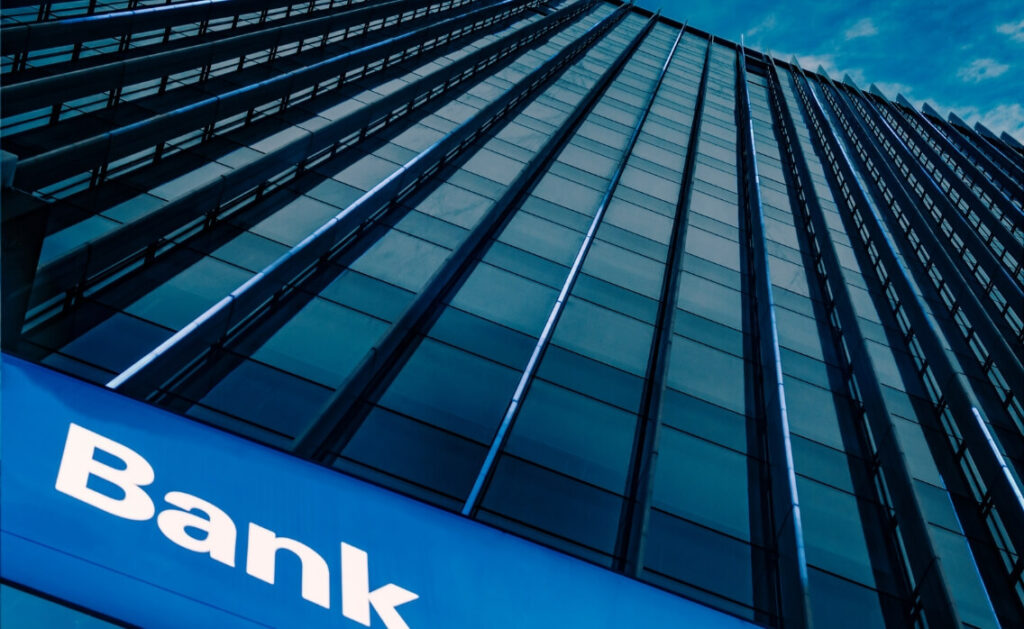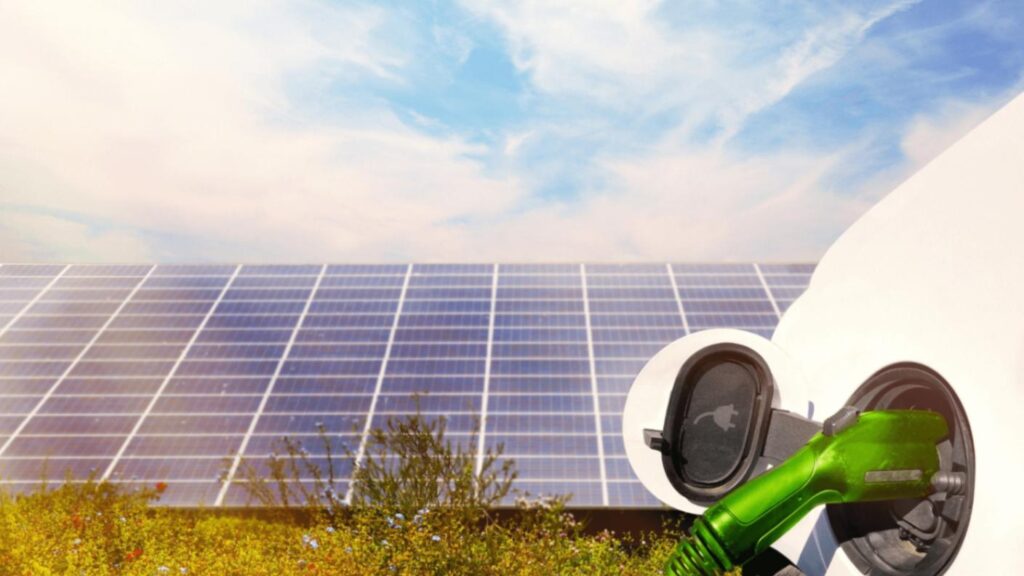Recovery Fund loan
The submission of investment projects to the loan component of the Recovery and Resilience Fund (RRF) continues unabated, as it acts as an incentive, due to the very low interest rate offered by the Fund. Set at a steady 0.35% for Small -sized and 1% for medium and large Enterprises businesses gain access to financing within a substantially low time period less than four months from the time of application!
RRF Loans cover a maximum of 50% of the investment project, while the remaining eligible cost is covered as follows:
- At least 20% of the Eligible Investment Cost is covered by the Implementing Body’s Own Contribution to the project.
- At least 30% of the Eligible Investment Cost is covered by the Co-financing Loan, on commercial terms and based on banking criteria, according to the credit policy
The amount of funding for investment projects from the RRF Loan is calculated based on the existence of a budget for eligible investment expenses in the 5 pillars of the RRF loan program and the coverage of specific criteria per pillar.
(a) Green Transition,
(b) Digital Transformation,
(c) Innovation, research & development,
(d) Scaling economies through partnerships, acquisitions, and mergers, and
(e) Outward orientation
The duration of the RRF Loan in any case will not be less than 3 years and more than 15 years from the date of the first disbursement of the RRF Loan to the Final Beneficiary.
The expenses that can be included are:
- Purchase, use (depreciation/subscriptions), and land formation – up to 30% of your investment plan.
- Buildings – purchase, use (depreciation/leases), and construction.
- Equipment – purchase, construction, and use (depreciation/leases).
- Intangible assets – purchase/construction and use (depreciation/subscriptions)
- Transportation – purchase and use (depreciation/leases).
- Expenses, movements, and wages related to your investment plan.
- Operating and consumable expenses (communication, energy, maintenance, rents, management expenses, insurance, etc.) and third-party services.
- Working capital (e.g., operating expenses and transactional circuits, VAT, etc.) and for promotion and communication expenses – up to 30% of your investment plan.
Evaluation Process
The first step in financing the investment with the resources of the Recovery and Resilience Fund (RRF) is for PK Consulting Group to submit the request to the cooperating bank.
The process of assessing the eligibility of investment projects, within the framework of their financing by RRF Loans, includes:
- Evaluation of the possibility of financing the investment project, by the credit institution.
- Initial eligibility check of the investment request by the bank, submitting additional documents to examine the possibility of financing the investment project with a loan from RRF and Co-financing Loan. If the assessment is positive, the Bank advises about the loan terms and the financial scheme approved at the initial stage for the investment:
- Percentage of RRF loans and Co-financing Loans
- Percentage of own contribution
- Amount and duration of loans
- Interest rate and grace period
- Any grace period, etc.
- Review by the evaluator, who checks:
- The eligibility of the investment,
- The percentage of the RRF Loan, according to eligibility criteria,
- Compliance with the framework of state aid, if state aid exists,
- The contribution of the investment project to the goals of RRF (green tagging, digital tagging, etc.),
- Compliance and observance of the principle of non-significant harm,
- Categorization of investment project expenses into the 5 axes of eligible actions.
If the Independent Evaluator’s report is positive, the financing method of the eligible budget of the investment is confirmed.
For financing your business plans, the experience and the knowledge of your consultant plays the key role to your success.




